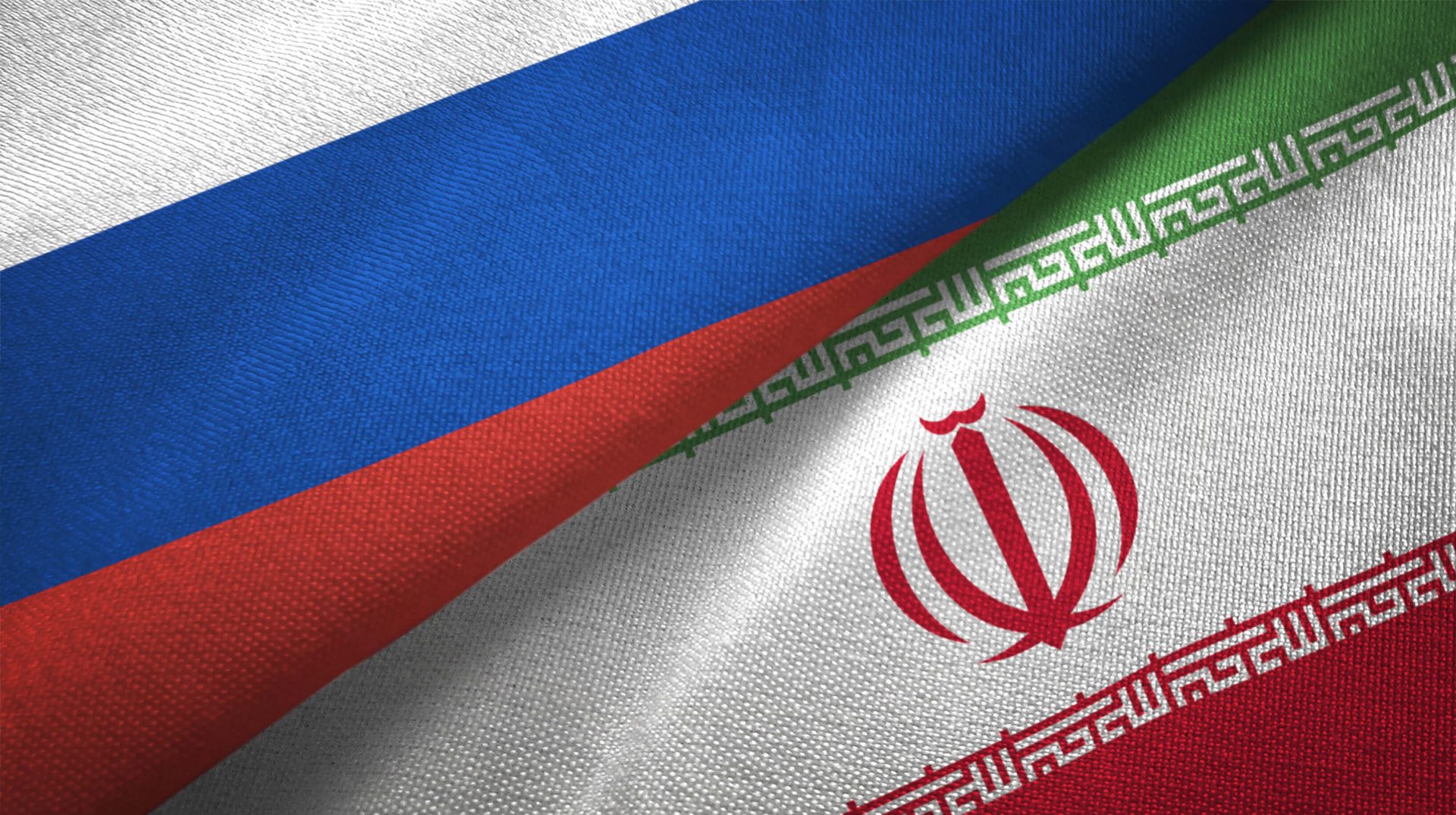On 18 January 2024, a new 20-year comprehensive cooperation agreement was signed between the Islamic Republic of Iran and Russia. It replaces the 10-year agreement signed in March 2001, which was extended twice by five years each, and renews cooperation, in particular in the defence and energy sectors. In the energy sector, the new agreement gives Russia first rights of extraction in the Iranian part of the Caspian Sea. This includes the potentially huge Chalous field. This basin, which includes both onshore and offshore fields, is thought to hold an estimated 48 billion barrels of oil and 292 trillion cubic feet (tcf) of natural gas reserves.
In 2019, Russia was instrumental in changing the legal status of the Caspian basin area, reducing Iran’s share from 50 per cent to only 11.875 per cent. Prior to the discovery of the Chalous basin, according to experts’ analyses, Iran would have lost at least $3.2 trillion in the value of energy products from the Caspian Sea resource. According to the latest estimates of Iranian and Russian domestic utilisation, this figure could be much higher. According to earlier estimates, Chalous was thought to contain about 124 billion feet (bcf) of gas. This is equivalent to a quarter of the gas reserves in the giant South Pars gas field, which accounts for 40 per cent of Iran’s total estimated gas reserves and about 80 per cent of its gas production.
According to new estimates; 208 bcf of gas in the “Greater” part of Chalous and 42 bcf of gas in Chalous, totalling 250 bcm of gas. Russia has also been granted the right of first extraction. This will also apply to Iran’s major oil and gas fields in Khorramshahr and neighbouring Ilam provinces. The common fields on the borders of Iran and Iraq have allowed Tehran to bypass existing sanctions against its main oil sector. One of the decisive elements of this agreement is that it gives Russia a strategic advantage in the energy sector.
Russia has secured extraction rights in the huge Chalous field in the Caspian Sea. The field is estimated to contain 48 billion barrels of oil and 292 trillion cubic feet of natural gas. [1] In this context, it can be accepted that Iran has made major concessions to Russia in order to bypass sanctions in the energy field. However, in the Persian Gulf, Iran’s crisis continues over the Durra/Arash Gas field, which is still pending resolution. [2] Iran’s granting concessions to Russia in the most stable Caspian fields can be seen as a result of security cooperation.
On the other hand, it is not possible to say that Iran is making breakthroughs only with Russia. Due to the increasing tension in the Middle East, neighbouring countries are keen to secure their economies and energy sectors. The signing of the Operation Agreement between the Turkish Electricity Transmission Company (TEİAŞ) and the Iranian Grid Management Company (IGMC) as an indicator of this determination shows that Iran is trying to consolidate these foundations not only with Russia but also with neighbouring countries that are serious actors in the region. [3]
In this period of increasing security concerns, it is possible to say that Iran, which is shown as one of the main actors of the Israel-Hamas conflicts, has taken a measure against the new embargo moves. One of the measures taken is the renewable energy move taken by Iran at the beginning of the year. Mahmoud Kamani, President of the Iranian Renewable Energy and Energy Efficiency Authority (SATBA), stated that plans are ongoing to export the electricity produced by wind and solar power plants operating in the country. The head of SATBA announced the current generation capacity of renewable energy plants in Iran as 1,122 megawatts and added that the construction of new plants with a total capacity of 11,000 megawatts is ongoing in the country. Kamani said that the targets of Iran’s renewable energy exports are Turkey, Pakistan and Afghanistan, adding that tender announcements have been made for the construction of a 4,500 megawatt solar power plant.
It was also announced that SATBA reached an agreement with the National Development Fund of Iran (NDFI) for the construction of a 10,000 megawatt renewable energy plant at a cost of approximately $5 billion. While discussions continue on the financing of this decision, it can be said that Iran will develop a mechanism by using its own resources against the energy embargo with the road map it has set.
On the other hand, it is possible to predict that it will act with China, with which it has close political relations, in the steps it will take in the field of renewable energy. Although it is already known that China is the largest producer of renewable energy technology, there is a desire to become a new actor in the geography in terms of fossil fuels. The LNG agreement signed between China and Qatar in June 2023 is shown as an example of this. China signed a 27-year agreement with Qatar covering the purchase of 4 million tonnes of LNG annually. According to the agreement, the Chinese company CNPC will have a 5 per cent stake in a production field in Qatar’s North East field.[4]
In conclusion, it can be said that China will permanently settle in the Middle East energy equation. In this sense, it can be claimed that Iran will receive political and economic support not only from Russia but also from China. With the signed pact, it is possible to say that Iran will make great concessions to Russia in order to bypass economic sanctions.
[1] “Russia And Iran Finalize 20-Year Deal That Will Change The Middle East Forever”, OilPrice- Simon Watkins, https://oilprice.com/Energy/Energy-General/Russia-And-Iran-Finalize-20-Year-Deal-That-Will-Change-The-Middle-East-Forever.html, (Date of Access: 22.01.2024).
[2] “Kuveyt ile İran Arasında Çözülemeyen Sorun: Durra/Araş Gaz Sahası”, AA, https://www.aa.com.tr/tr/dunya/kuveyt-ile-iran-arasinda-cozulemeyen-sorun-durra-aras-gaz-sahasi/2965814, (Date of Access: 11.08.2023).
[3] “Türkiye ve İran Enerji İş Birliğini Arttıracak”, Enerji Günlüğü, https://www.enerjigunlugu.net/turkiye-ve-iran-enerji-isbirligini-arttiracak-57440h.htm, (Date of Access: 25.01.2024).
[4] “Çin ve Katar Arasında Dev LNG Anlaşması”, Bloomberg, https://www.bloomberght.com/cin-ve-katar-arasinda-dev-lng-anlasmasi-2333382, (Date of Access: 20.06.2023).

